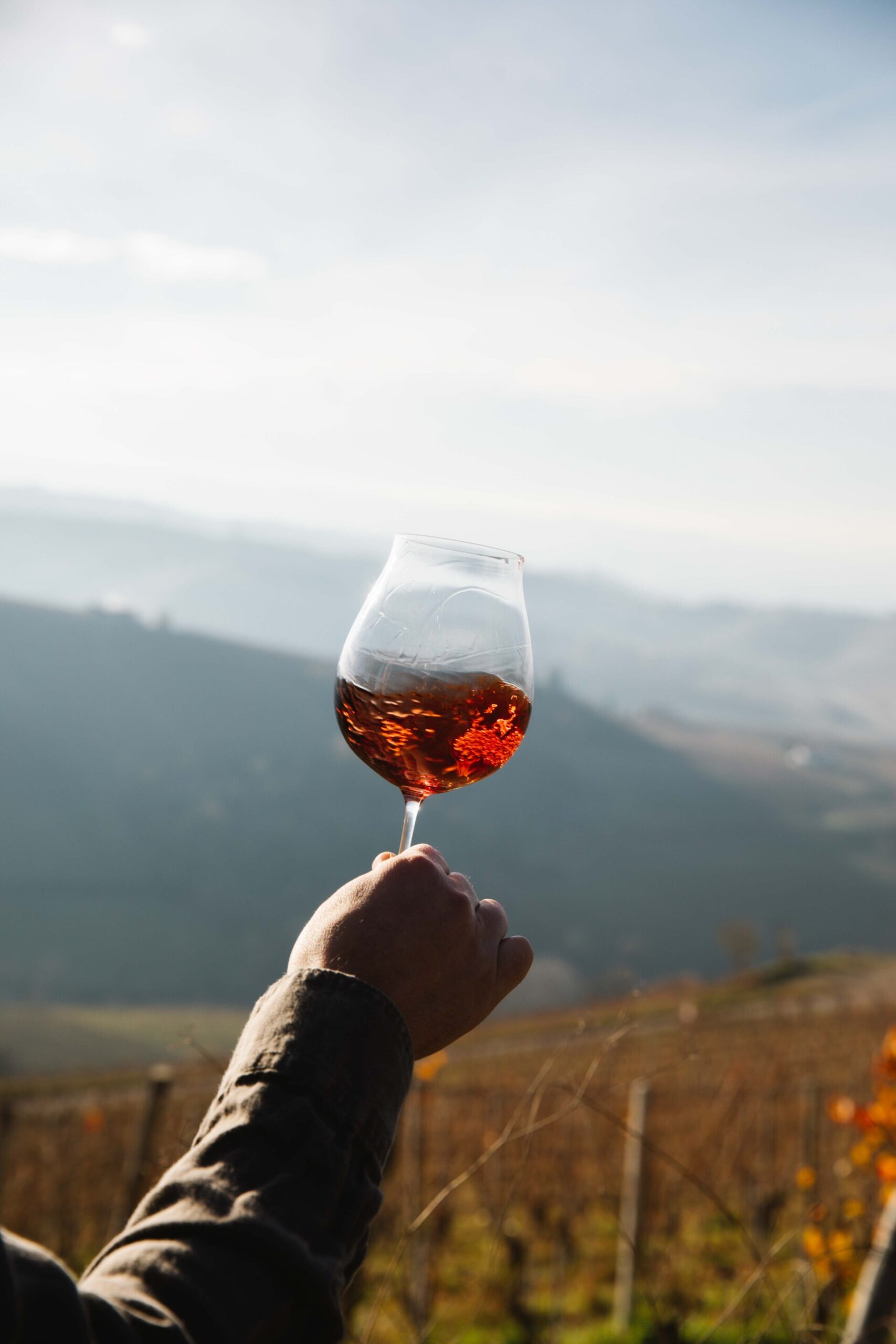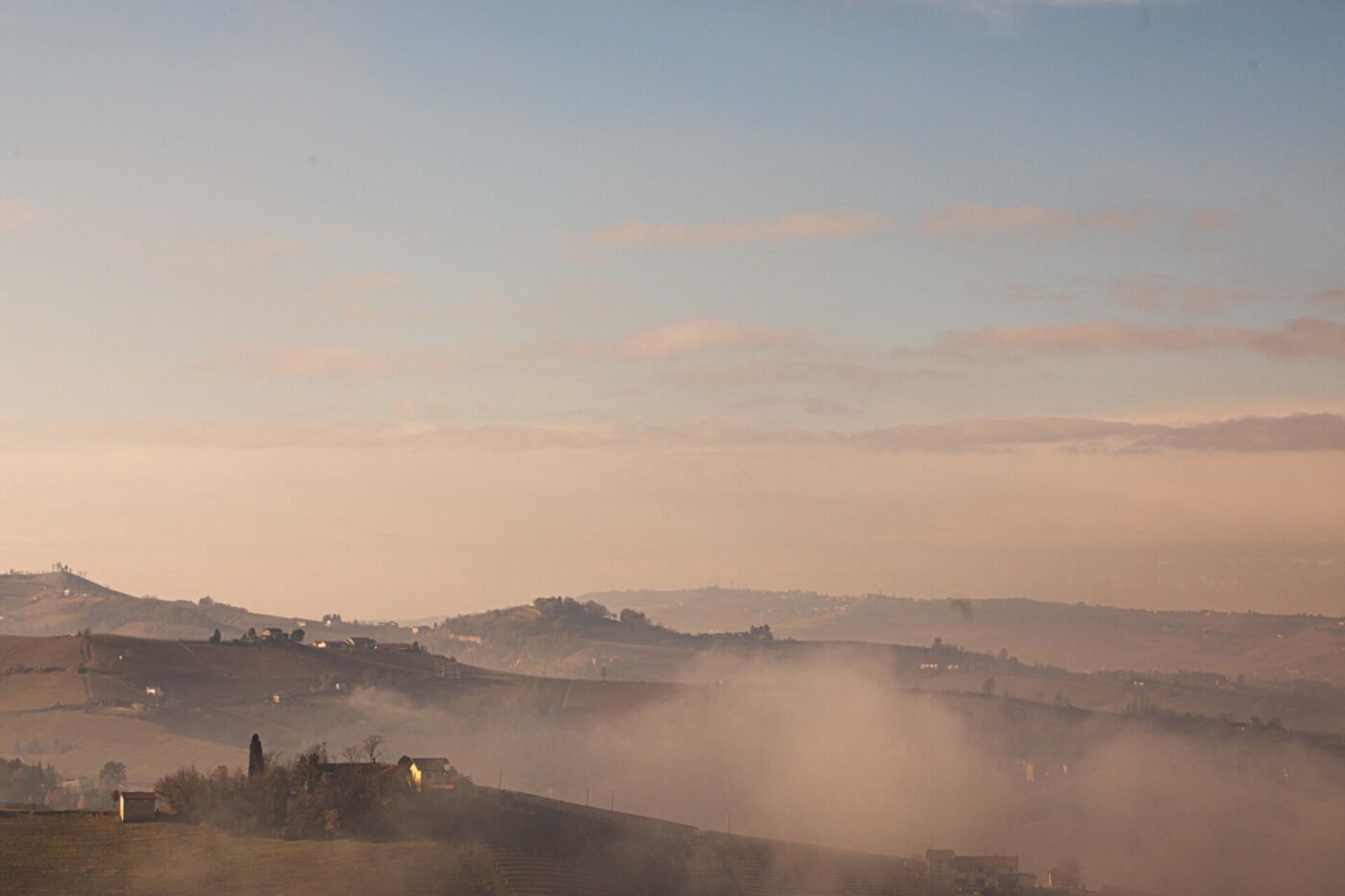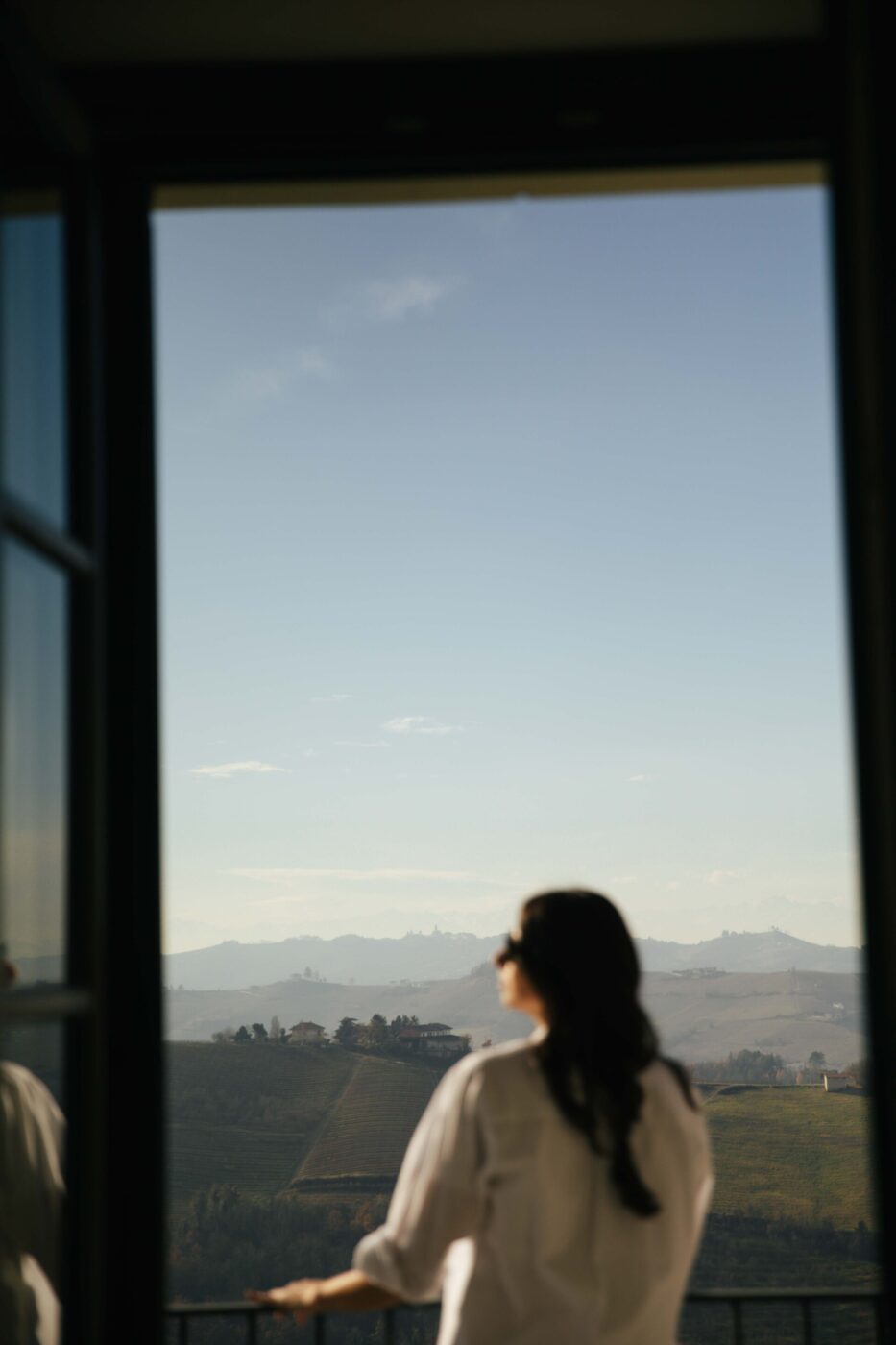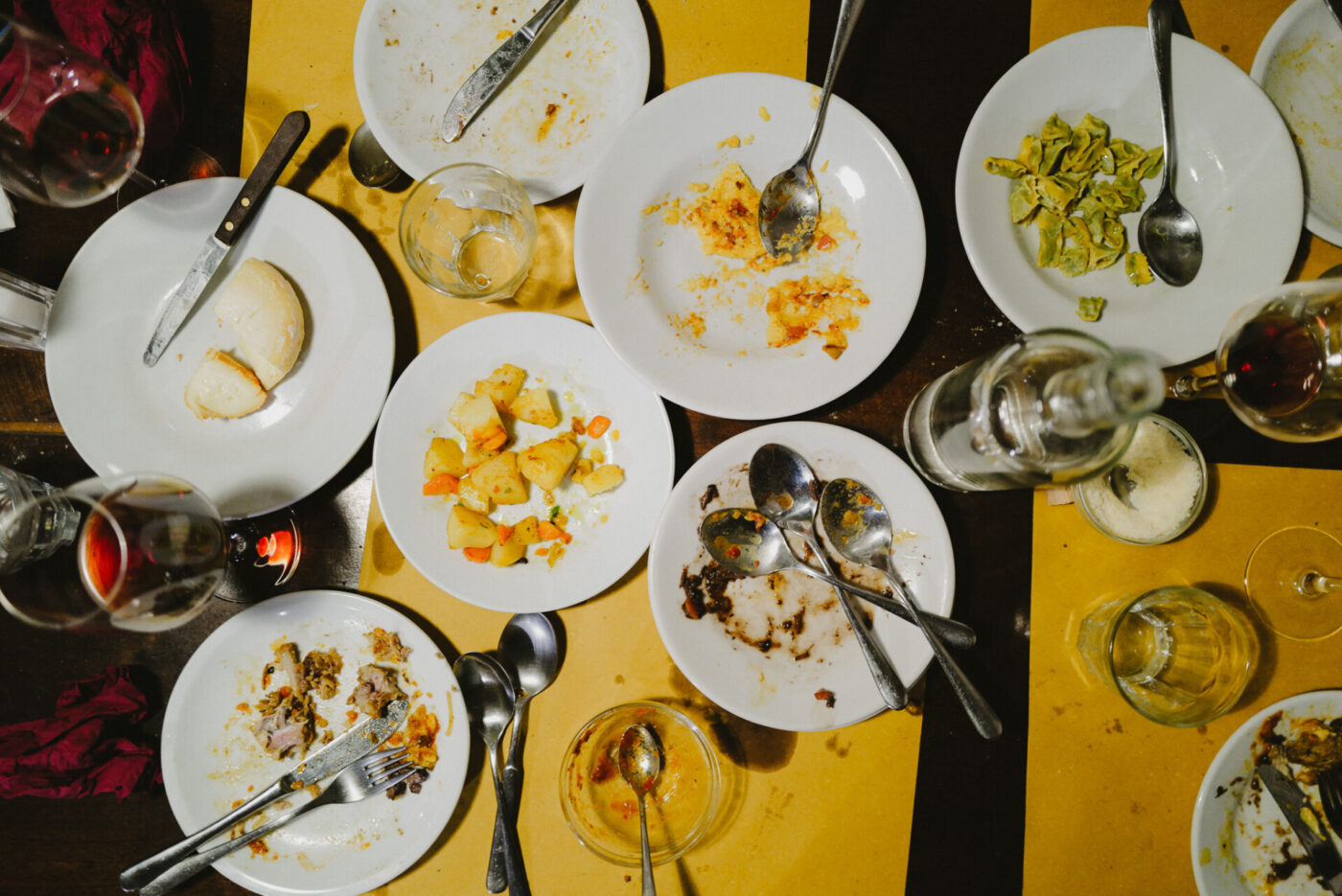Alba: surprisingly cosmopolitan for a town with a local population of just over 30,000. Welcome to Le Langhe, the only place in the world where you can rub elbows with Michelin-starred chefs, truffle hunters, wine producers, and local farmers.
Before UNESCO designated the Langhe, Roero, and Monferrato as World Heritage Sites, King Carlo Alberto of Savoy named Barolo the “wine of the Court” in the 1840s. Fast forward a century, and the “white gold” of the land, the Tartufo Bianco d’Alba, became an international sensation, thanks to Giacomo Morra, the mastermind behind the idea of a fair dedicated solely to the buying and selling of truffles. This event is now known as the International Alba White Truffle Fair, one of Europe’s longest-running events.
These two delicacies, as well as Nutella and a unique concentration of Michelin-starred restaurants, have put Alba on the map–but there’s more than truffles and wine here. I moved here from the United States a little over ten years ago and am still discovering new stories and places to share. Beyond the nebbia (fog) that is typical in the fall, you’ll encounter locals and their establishments that are just as enchanting as the narrow valleys and expansive hills.
Here, your complete guide on what to do and where to eat, drink, sleep, and shop in Alba.
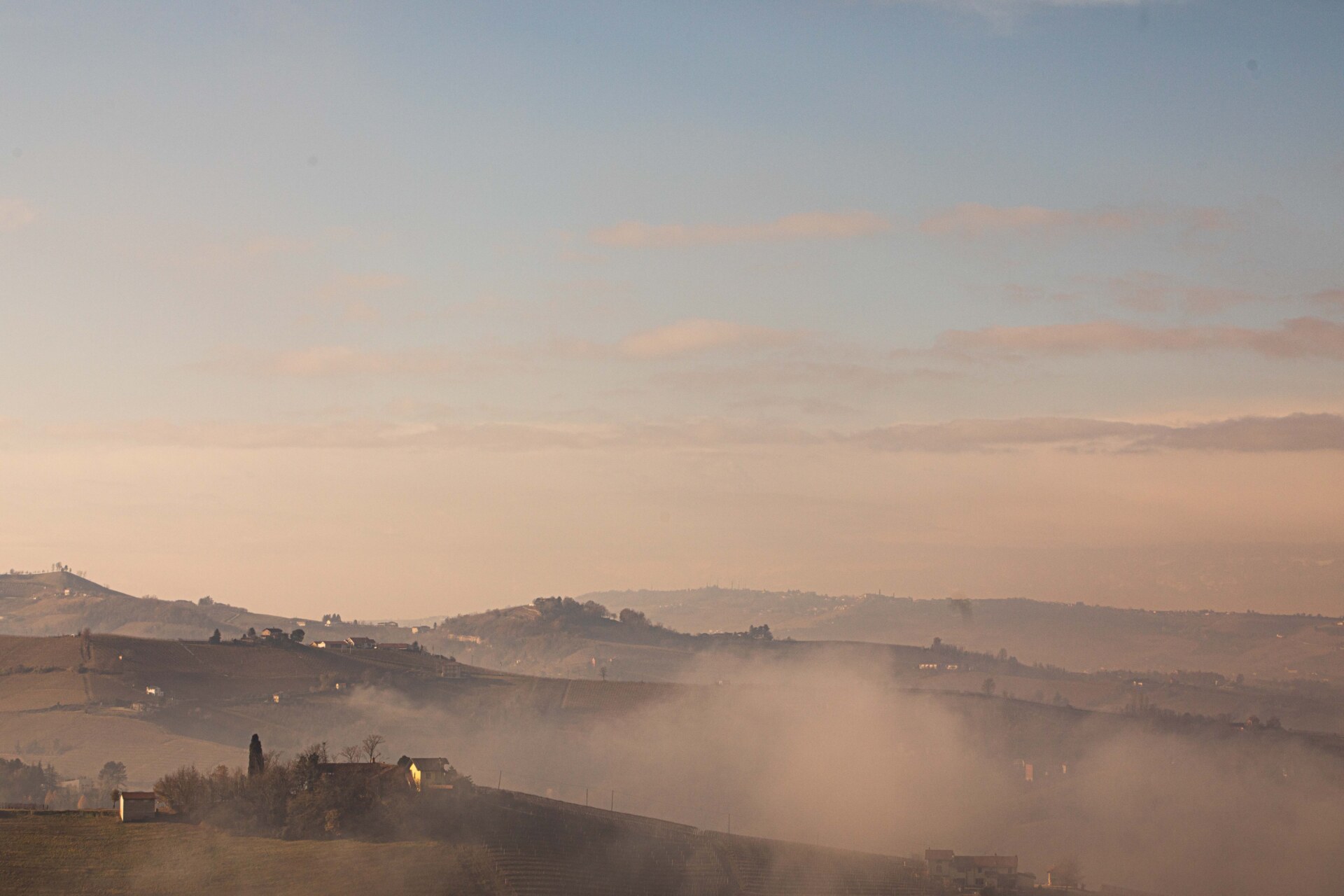
WHERE TO SLEEP IN ALBA
Dai Gresy – A member of the Italy Segreta Selection, this family-run boutique hotel is a design lover’s dream. The former farmhouse, built around the year 1650, now has 11 rooms on the ridge of Monte Aribaldo, just a 10-minute drive from Alba, with 360° views of the surrounding wine-producing hills. Rooms are bright with a focus on beautiful, natural materials–“less is more” at its finest–and the infinity salt water swimming pool is the stuff of dreams. Don’t miss a tasting at their winery: Martinenga, one of the most esteemed Crus within Barbaresco, is owned entirely by the di Grésy family, making them the sole producer with exclusive rights to this exceptional vineyard.
La Casina – Barolo winemaker Mauro Sebaste recently renovated his family’s old farmhouse into La Casina. The peaceful property features four small, modern apartments with kitchenettes, each designed in neutral colors to avoid distracting from the beautiful green hills outside. The family even restored the original well, which remains functional today. Guests can enjoy wine tastings of the family’s award-winning labels on-site, as well as personalized cooking classes. Mauro’s daughters, Sylla and Angelica, manage the property and treat guests as if they were family. A winter highlight is their heated, covered pool.
Coltivare Relais – Located just minutes from Alba in La Morra, a world-famous zone for Barolo winemaking, Coltivare Relais is owned by the Bagnasco family, who have recently ventured into hospitality. The property features three double rooms and two junior suites, with breakfast included, as well as a complimentary guided winery visit and tasting with your stay. In their restaurant, Coltivare, guests can enjoy authentic dining made from ingredients sourced from their biodynamic garden, all prepared under the direction of Michelin-starred chef Luca Zecchin, who has also received a Green Star from the Michelin Guide for sustainability.
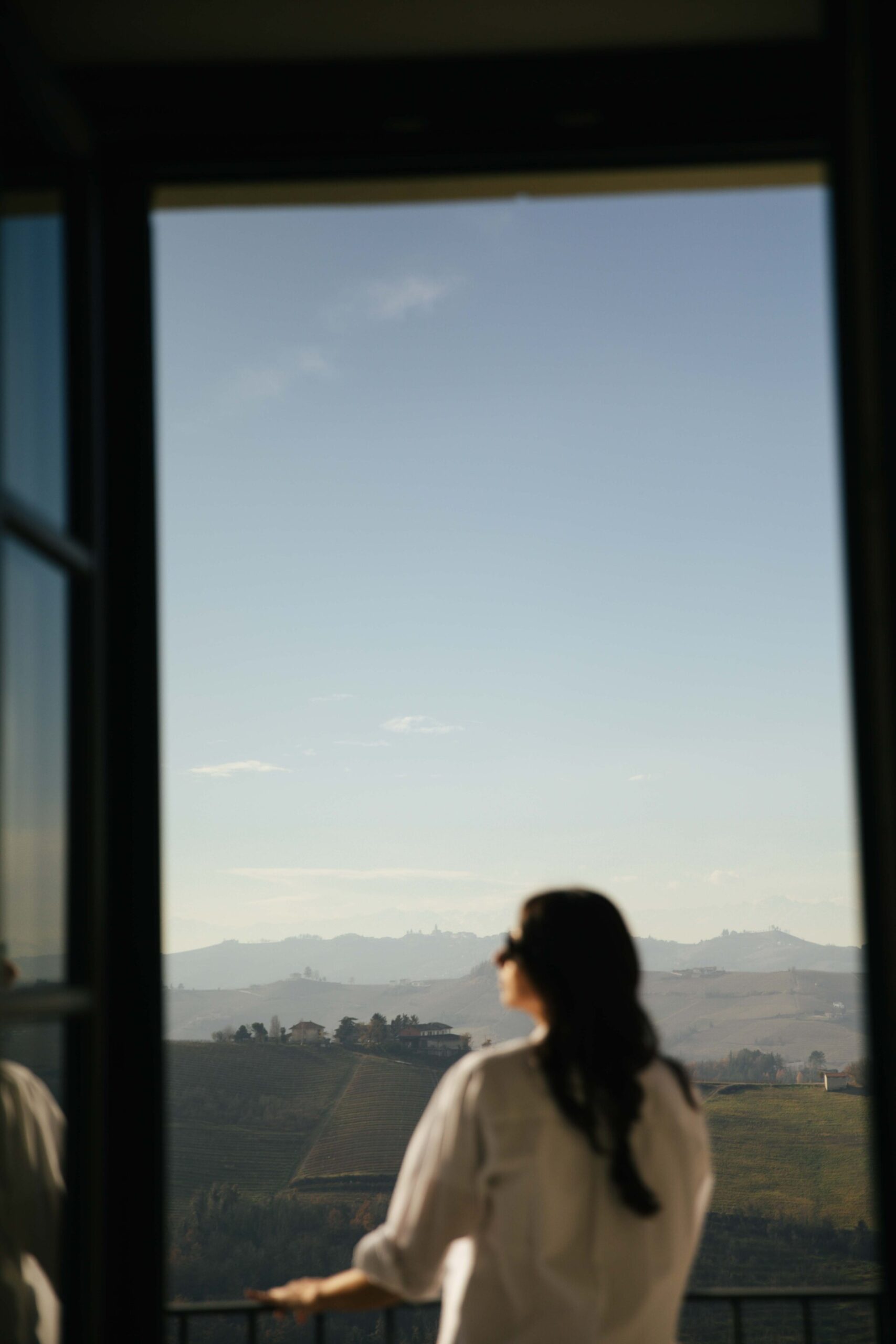
Courtesy of Dai Gresy
WHERE TO EAT IN ALBA
Osteria dell’Arco – Osteria dell’Arco, with its cozy atmosphere and reasonable prices, is the perfect introduction to the Slow Food Movement and authentic Piedmontese cuisine. The menu features Slow Food Presidia, showcasing high-quality local foods that adhere to local traditions. Located off Piazza Michele Ferrero, you must try their handmade pasta, like tajarin or agnolotti del plin, and be sure to order their legendary panna cotta for dessert. They have a second location within the Slow Food headquarters of Bra, called Osteria del Boccondivino. Definitely worth a visit.
Osteria dei Sognatori – This is a laid-back, family-run spot where you can enjoy tasty Piedmontese food without breaking the bank. With a set menu and an informal atmosphere, big groups and families can relax without stressing about spills on the white tablecloths. The humorous staff bustle about, handwriting orders and juggling plates of peppers with bagna cauda and hunks of cheese. Most of the antipasti come out family-style, but go for the antipasti misti to get a taste of everything. The main meat dishes are flavorful–get the rabbit, when they have it–and pair nicely with local red wines. Booking ahead recommended.
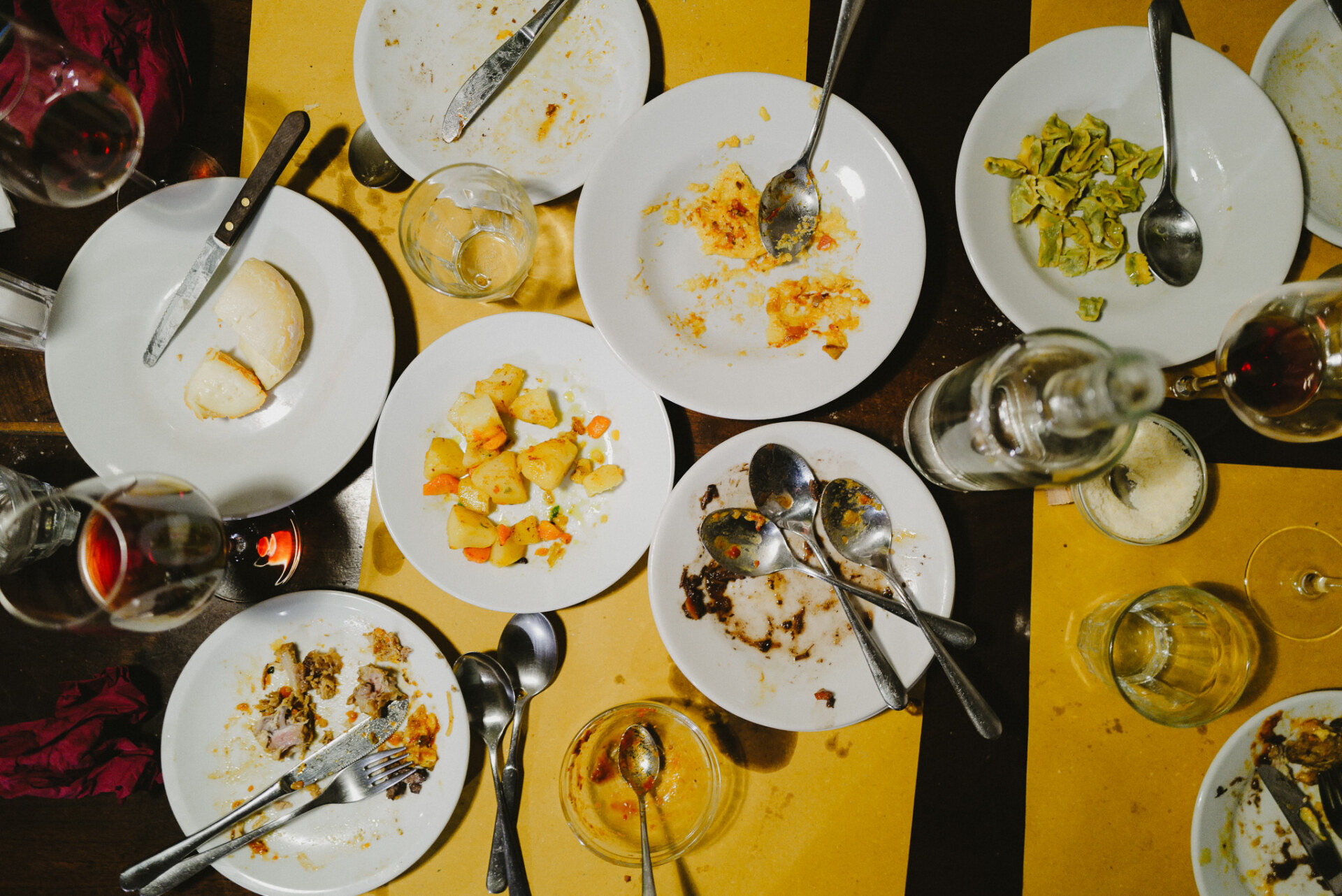
Osteria Dei Sognatori
Gastronomia Urbana – This new style gastronomia from Chef Boglione has all the Piedmontese ingredients at the pace you want. The food is fresh, fast, and you choose to dine in or take it home. Some favorites at the counter that I can always depend on are the carpione and homemade smoked salmon. The light fluffy focaccia has become so popular that they don’t always make it during the busy truffle season. Make sure to ask for it!
La Duchessa Pizzeria – Traditional in all ways, La Duchessa has been family-run by the Amato family for over 30 years, with two brothers running the show. You will find a diverse selection of pizzas and local dishes and a representative wine list of local producers. Go for either the diavola or the pepperoni con salsiccia pizza.
FuocoFarina – You’ve got to try the cacio e pepe focaccia at FuocoFarina. This is an all-day bakery and pizzeria by Fulvio Marino, one of Italy’s pizza experts (and the third-generation flour miller behind Mulino Marino) along with the talented team from the Michelin-star restaurant, Ciau del Tornavento. All their carb creations are made with Mulino Marino flour, the family’s 100% organic mill, and it’s quickly become a go-to spot for locals. In addition to pizza, they offer classic Piedmontese dishes like tajarin al ragu, vitello tonnato, and bagna cauda (only in the fall). The menu changes with the seasons, so there’s always something interesting and new to try.
Osteria Lalibera – Osteria Lalibera by Flavia Boffa revisits cult classic Piedmontese recipes within a modern, contemporary setting. The talented team has maintained and mastered brave local dishes such as la finanziera or trippa. The latter is made from Piedmontese veal and topped with Sicilian pistachio for a savory, comfort food well worth trying. If it’s your first visit to Piedmont, get the selection of local Piedmontese cheeses with cugnà, a local preserve that is made with grape must (usually Dolcetto), seasonal dried fruits such as pear, Piedmontese hazelnuts, and cinnamon. It goes perfectly with local goat cheeses like Roccaverano PDO. You’ll want to put the sauce on everything.
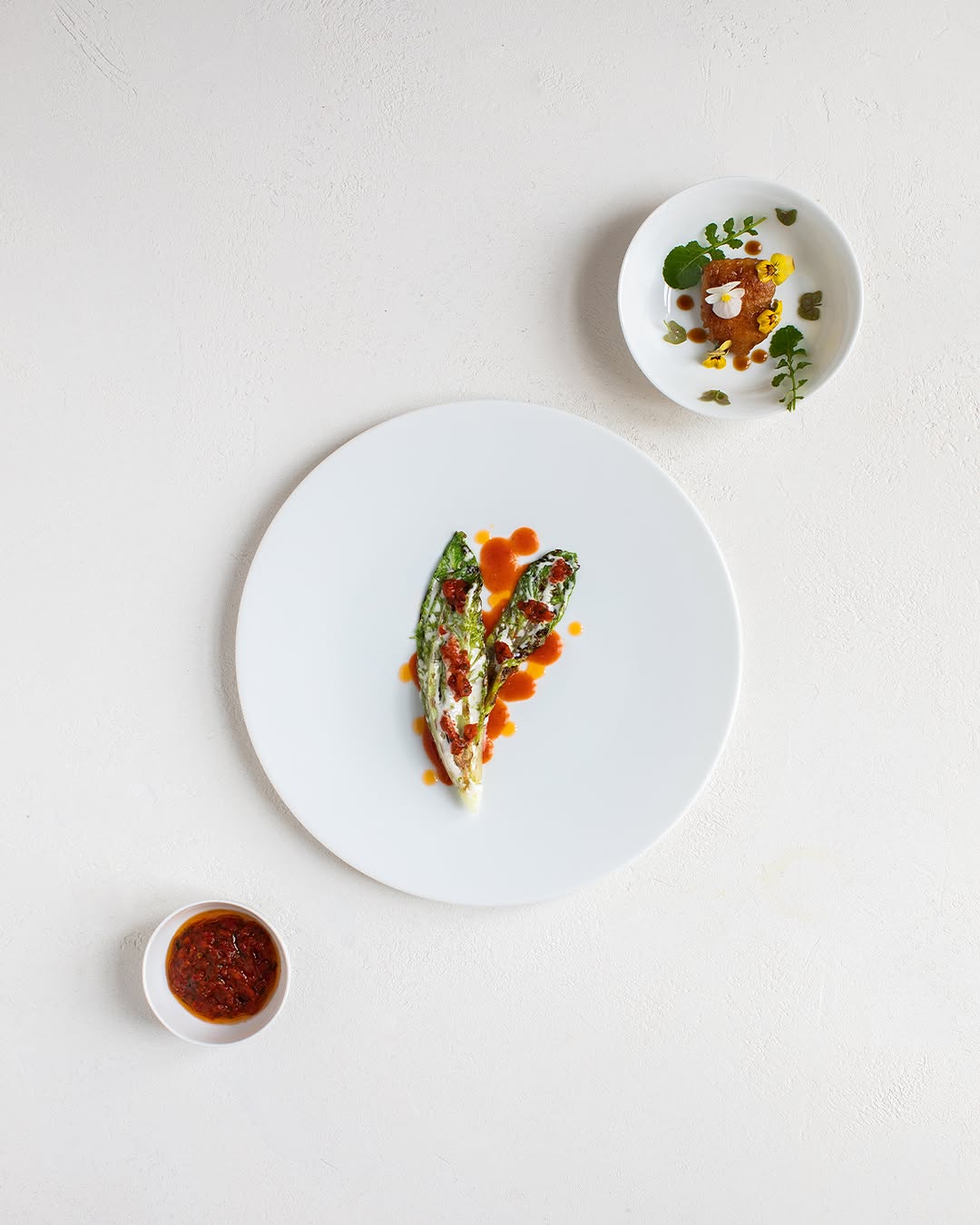
Courtesy of Piazza Duomo
Piazza Duomo – Overlooking the historical Cattedrale di San Lorenzo, Piazza Duomo is owned by the Ceretto family and is one of just 14 restaurants in Italy that hold three Michelin stars (it’s also received the stand-alone Green Star award for sustainability). Chef Enrico Crippa makes Italian produce exciting, and his philosophy is reflected through his biodynamic herb garden. Just minutes from Alba, right below the Ceretto winery, the greenhouse has around 400 types of plant species, providing the freshest ingredients for the restaurant and one of his famous tasting menus, Seasonal Things. If you make it to Alba during the truffle season, they also have a dedicated menu for those who are fungus fanatics.
Osteria del Vicoletto – This refined osteria is another great choice for classic Piedmontese food made with Slow Food Presidia ingredients. Start with the gooey baked toumin cheese with sausage and carmelized onions or the carne cruda, and follow with one of the region’s famed pastas: the tajarin is fantastically soft and flavorful, and the agnolotti al sugo d’arrosto deep and rich. Vegetarians and pescatarians aren’t afterthoughts here, with more creative offerings than usual for these groups.
Pomelo – Pomelo is the only place in Alba where you can find genuine cold-pressed juice and clean smoothies. If you’re looking for a healthy lunch or mid-morning snack, the owner Serena has fresh ingredients for a quick lunch–like hummus or Greek salad–as well as fresh produce to purchase for home.
WHERE TO GET COFFEE IN ALBA
Caffè Italia – Caffè Italia is just steps from the main Piazza Michele Ferrero, but you may miss it if you aren’t looking. Owners Fabio and Stefania are coffee experts, offering more extraction method choices than any other bar in Alba. (If you have an extra five minutes, go with the siphon method.) They source their beans from Piccoli Produttori, a roastery located in La Morra and Lombino in Villastellone. Enjoy your brew alongside some ‘90s hard rock music in the background.
Il Mondo del Caffè – This is the best place to people watch–right in the main Piazza Michele Ferrero, overlooking the fountain–and remains one of the most historic spots in Alba. Luca manages the front, while Chiara makes the most delicious creations in their food lab. Every coffee comes with a little hazelnut cookie and their salted caramel croissant is dangerously good (and the only one you will find in Alba). Open every day except Wednesday from 6:30 AM to 8 PM, Il Mondo del Caffè is a great stop no matter the hour.
Cit Bistrot – This cozy neighborhood café is a go-to spot where Luca and his team know their customers by name. Enjoy their huge, homemade baci di dama as well as savory wraps for lunch.
Caffè Teatro – This historic bar is on a quiet, small street, steps from the Cattedrale di San Lorenzo and neighboring Chiesa di San Domenico, known for its beautiful 14th-century frescos. It’s one of those places that manages to be bustling and peaceful at the same time. Order a cake or pastry alongside your coffee, and sit for an hour or two to take in the vaulted ceilings and cozy vibe.
Casa Dellatorre – Tucked away on a small alley, this is the spot for a marron glace with coffee. In winter, the go-to is cioccolato caldo (hot chocolate) served with fluffy chantilly cream. All are served in beautiful, vintage china.
WHERE TO DRINK IN ALBA
Petricore Enoteca – For those who want a low-key night with good wine and good bites, this is a great spot for aperitivo or dinner. Their selection of small boutique wine producers is fantastically curated, and while the focus is on wine, the food is just as good as what you’d find in a trattoria, all at reasonable prices. A must-have plate is their pane, burro e acciughe, the amount of butter especially generous. Reservations are recommended.
Jack – Jack is modern and informal with good music, food, and drinks–an all-round good choice for an aperitivo, dinner, or after-dinner spot for those looking for unique cocktails based on spirits. The friendly owner Giacomo is an avid skateboarder, which has inspired the décor. Everyone is welcome, and children of all ages will love the playful atmosphere mixed with local dishes like vitello tonnato and carne cruda all’albese. (Pro Tip: Check out the cool bathroom!)
Musubi – Japanese wine expert and bar owner Koki (of Koki Wine Bar in Barbaresco) recently opened this Japanese Izakaya restaurant with business partner Erica which offers colorful cobaci boxes made up of tiny plates of typical Izakaya food–one of the best is fried eggplant with miso sauce and fassona veal. Their capocollo gyoza dumplings will have you eating them like you don’t care that they cost €2 a piece and, for dessert, go for the sweet dorayaki. All the food is made by an all-Japanese kitchen staff, so you know you’re getting the real stuff. Open from 6 PM, it’s a great place for sake and bites before dinner.
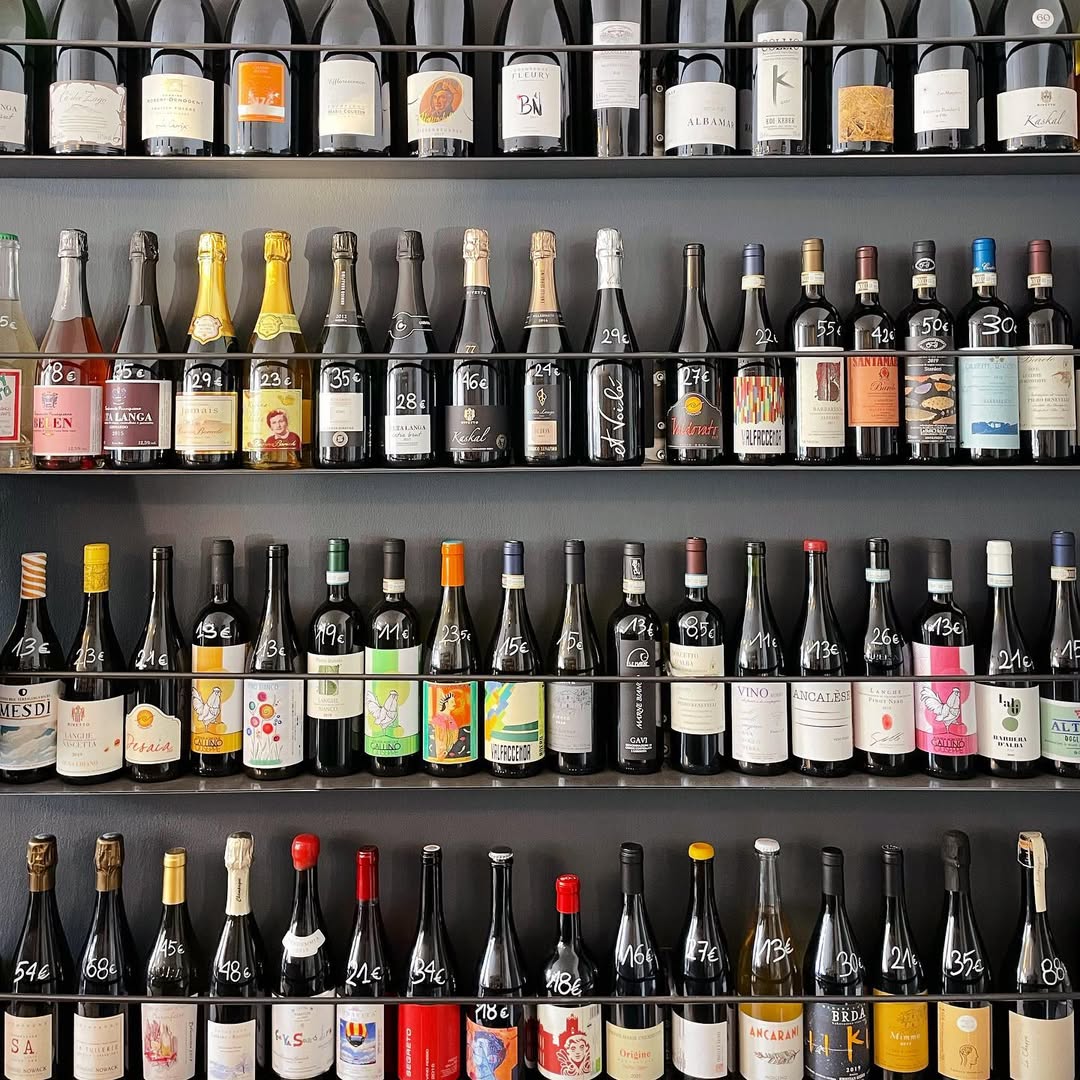
Peticore Enoteca
WHAT TO DO IN ALBA
Visit the open-air Saturday market – You can’t miss this. The entire historic center transforms into an open-air market featuring fresh produce, meats, cheeses, and local delicacies. The unique range of fruits and vegetables in the colder months is remarkable, with zucca and castagne to nocciole and funghi porcini. Start at Via Maestra [via Vittorio Emanuele II] and head toward Piazza del Duomo or, my favorite, Piazza Pertinace, where you can find the Mercato della Terra–a Slow Food market highlighting small, artisanal producers. The main market is open on Saturday mornings until around 12:30.
Enjoy the spring festivals – Enjoy the warmer weather and Alba’s most important wine festival, Vinum, which usually takes place at the end of April through the beginning of May. The whole center of Alba becomes filled with street food vendors and visitors can taste local reds such as Barolo, Barbaresco, and Nebbiolo, as well as whites like Roero Arneis. There is even a spot for kids to play, called Vinum Bimbi–a free didactic play area with handmade, natural, wooden toys. A definite favorite for local moms.
Discover the fall truffle season – If there’s any time to visit Alba, it’s during The International White Truffle Fair of Alba, which runs from early October to the first week of December. During this epic festival, you’ll find the Alba White Truffle World Market which–open on Saturdays and Sundays in the Cortile della Maddalena–where you can buy truffles directly from local trifulau (truffle hunters) or traders under the supervision of the Quality Commission. It’s a one-of-a-kind event you won’t find anywhere else in the world.
A favorite among traditional events during the truffle season is the donkey palio, held the first week of October before the opening of the fair. Brave riders from the nine neighborhoods of Alba come together for an amusing competition, racing bareback on donkeys that have a reputation for… well, just being asini–pun intended. As the race begins, the donkeys refuse to move, veer off in the wrong direction, or run wildly around the track. Not everyone completes the race, but who cares when you can watch the donkeys being the stars of their own show?
Visit the truffle museum – Across the market, you can also visit MUDET, the museum dedicated to truffles, which is open year-round. A highlight is the permanent exhibition “Truffle Hunters and their Dogs,” by Steve McCurry, the award-winning American photojournalist.
Explore a medieval castle and local art – The Grinzane Cavour Castle is one of the most famous landmarks in the Langhe region and has been recognized by UNESCO as a World Heritage site. The origins of the castle date back to the first half of the 11th century, and the surrounding landscape is breathtaking with vineyards and rolling hills. From the castle, you can take a short walk–only five minutes–to the art piece “The Hazelnut,” created by local artist Samuel Di Blasi. This work was dedicated by the Sebaste family to the memory of Giuseppe Sebaste, known as Pepè, who was the first to incorporate hazelnuts into torrone (Piedmontese nougat).
Enroll in a cooking class – Try your hand at making fresh plin or tajarin pasta in the only cooking academy of Alba. Alba Accademia Alberghiera offers culinary experiences for groups of all sizes in a professional kitchen setting, guided by some of the best chefs in the region. Classes are offered in Italian with English translation.
Hop on a short train to the Slow Food Capital – Catch a train from Alba station to Bra, the Slow Food Capital–about a 20 minute ride. Then eat the day away, according to Italy Segreta’s gastronomic guide.
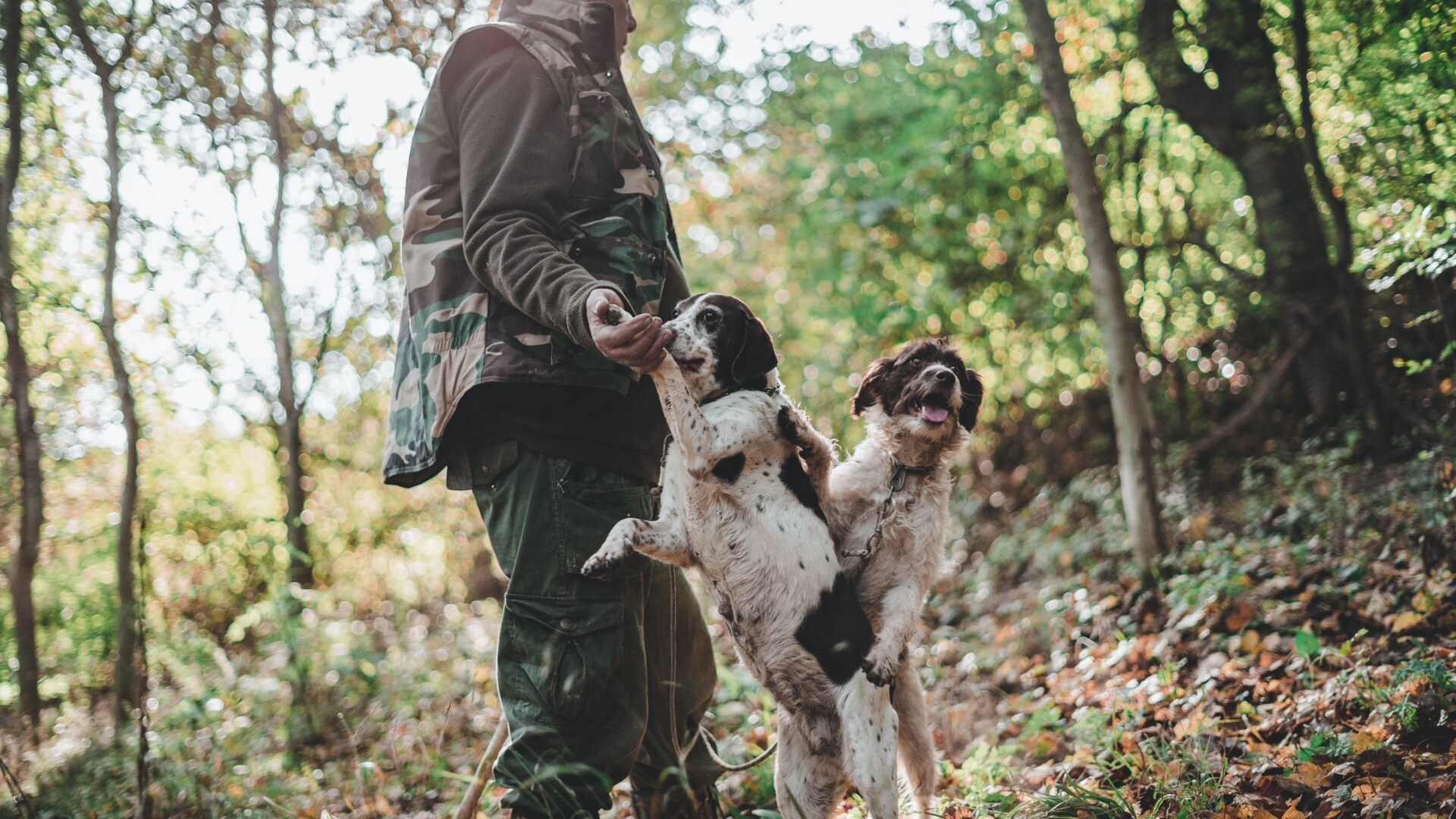
Alba truffle hunters as in The Truffle Hunters
WHERE TO SHOP IN ALBA
Carosso – This second-generation, family-run food shop has been around for more than 70 years. Owners Nadia and Walter offer some of the best selections of spirits and liqueurs from Italy, along with local products in their original packaging, unique to Piedmont. The experience is genuine, and it’s the only store of its kind in Alba.
Ottica Sipario – Ottica Sipario owners Andrea, Simona, and Veronica opened its doors in 2020 with a selection of Italian eyewear brands like Common Ground and Spectaful that can be hard to find elsewhere. Every month, the shop transforms into an art gallery, featuring local, collaborating artists. (A previous theme included a mini marionette puppet theater.)
Seta – It’s hard to leave this small perfume boutique without treating yourself to something special. You’ll find brands like Carner Barcelona, Nabla Cosmetics, and Dr. Hauschka Italia, and the owner Arianna beautifully hand wraps gifts for holidays and birthdays. I recommend visiting during the week when it’s less crowded.
Ma Vie – Ma Vie Concept Lab is a slow-fashion boutique owned by Chiara and Giulia. Most of their garments are printed using the Green Drop technique, which utilizes pigments with a low environmental impact, and the duo also collaborates with artists to illustrate designs to be featured on the clothing. This is the ideal place to find unique statement pieces, such as men’s cotton shirts with hand-sewn messages and skirts crafted from deadstock Italian jacquard fabric.


